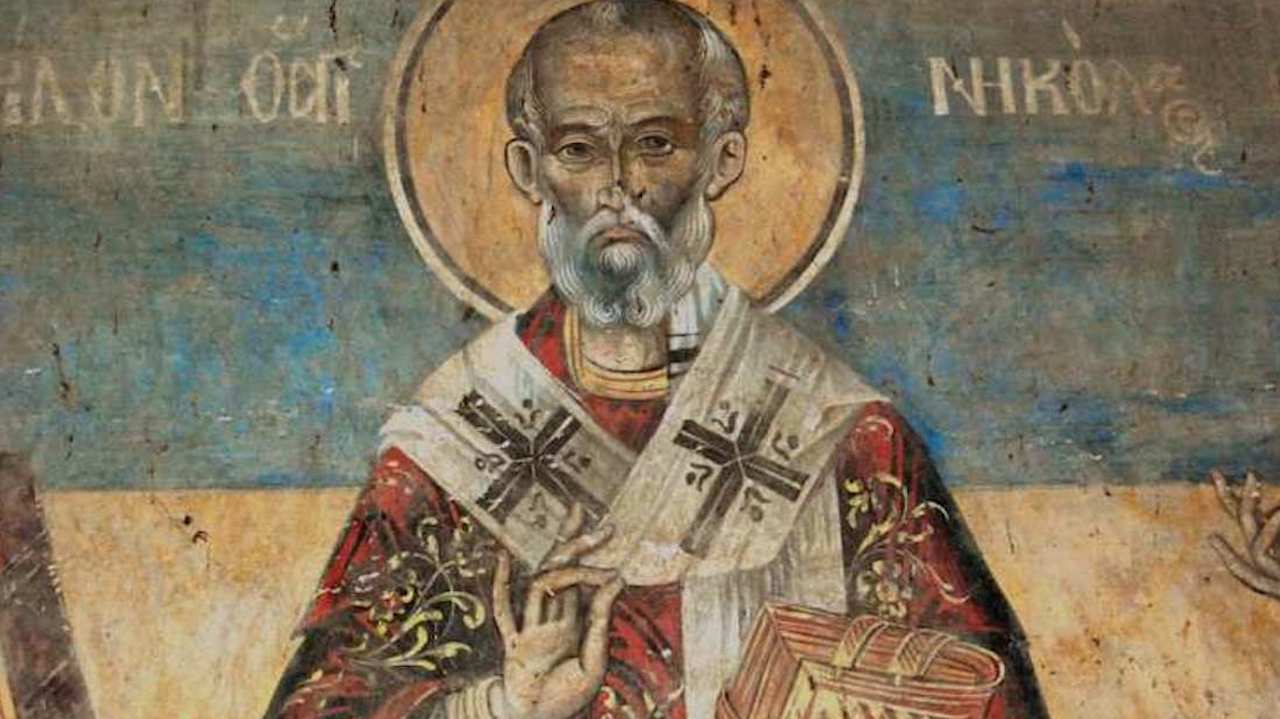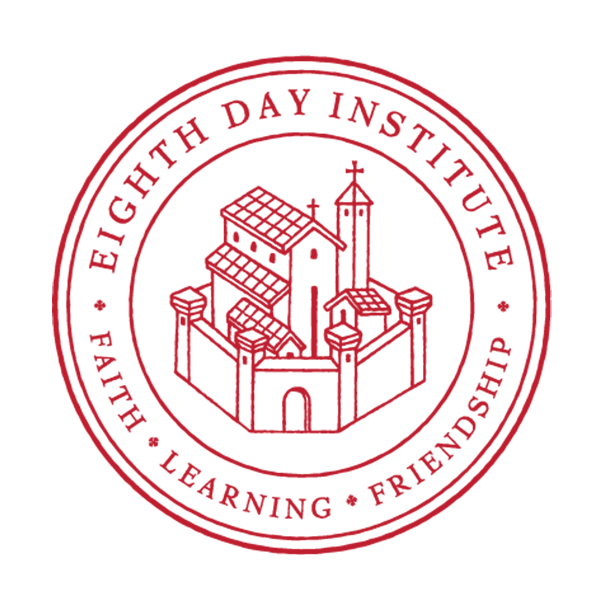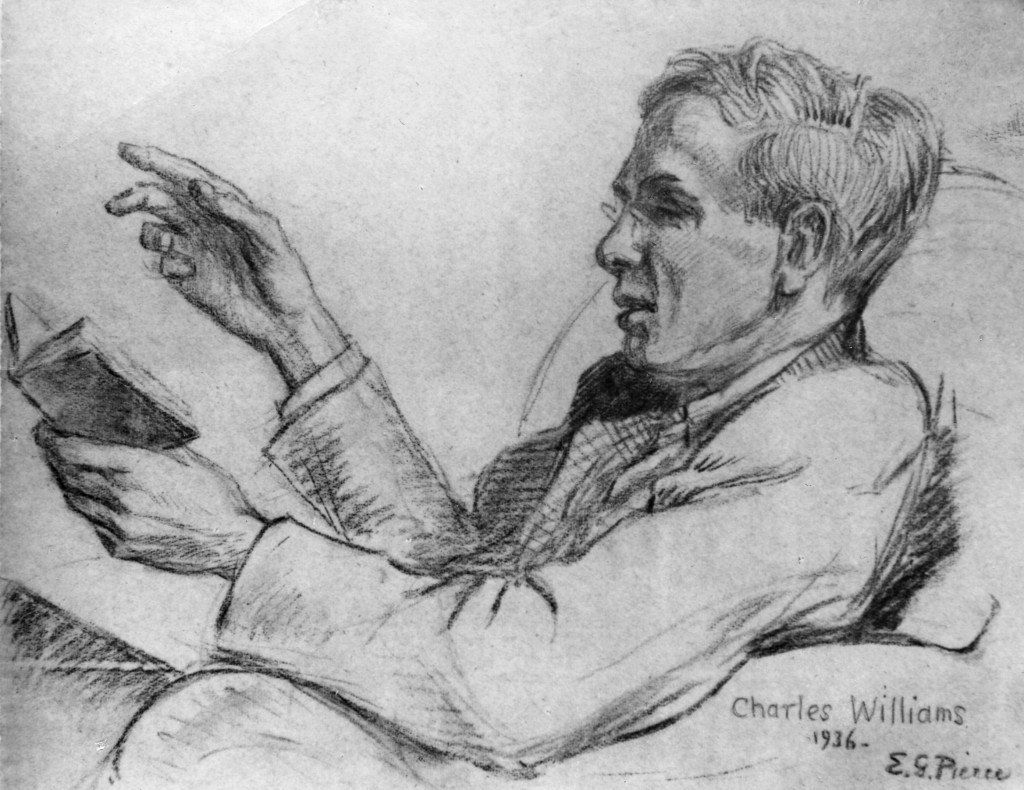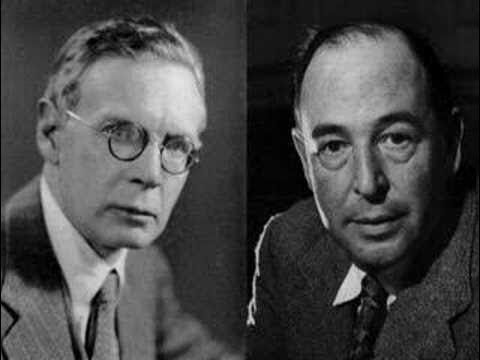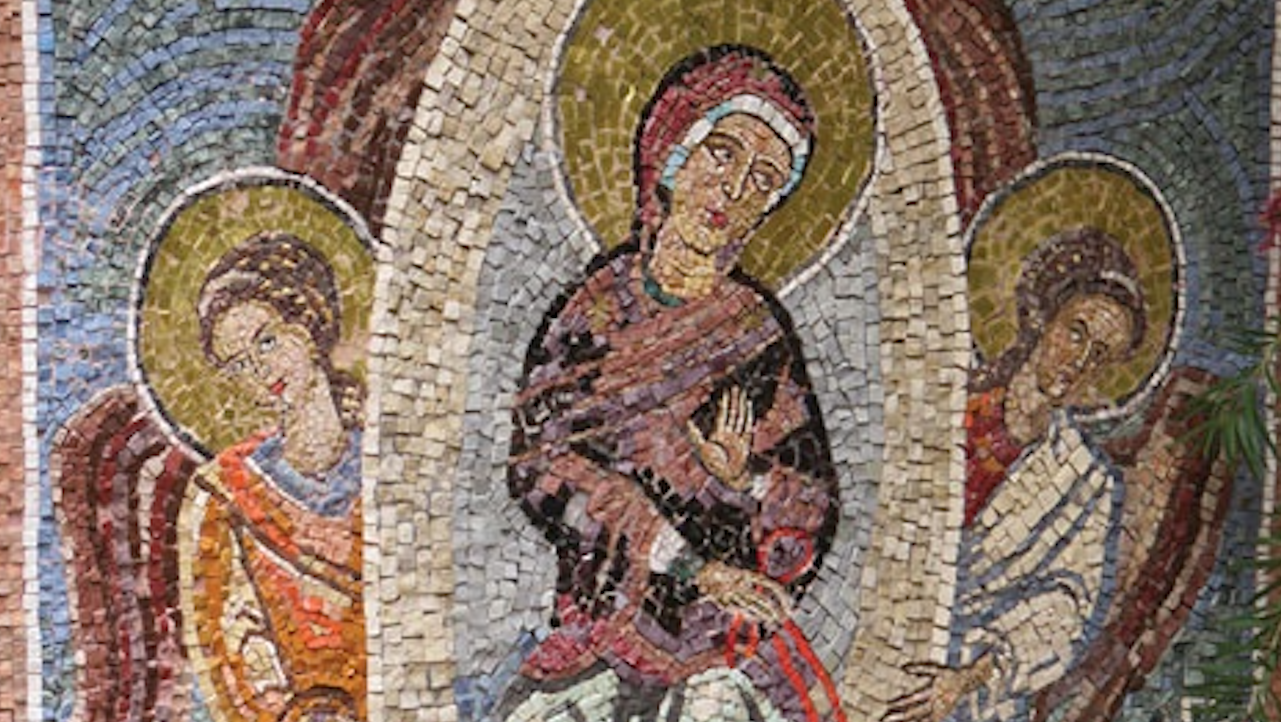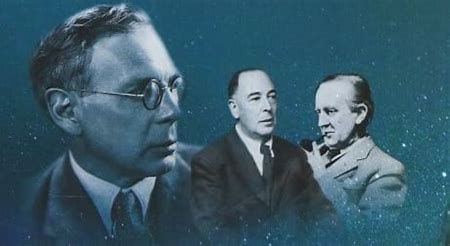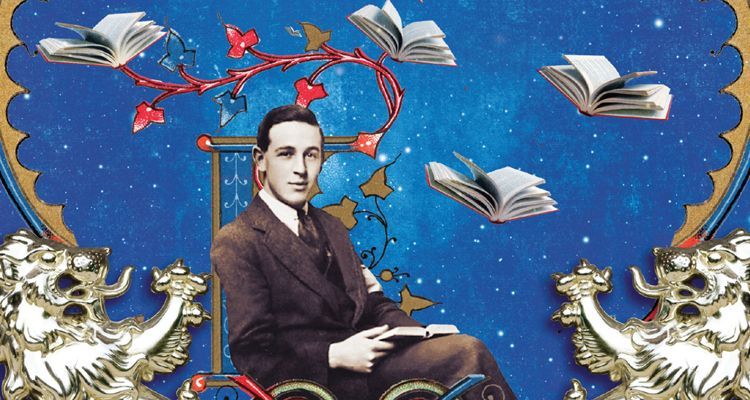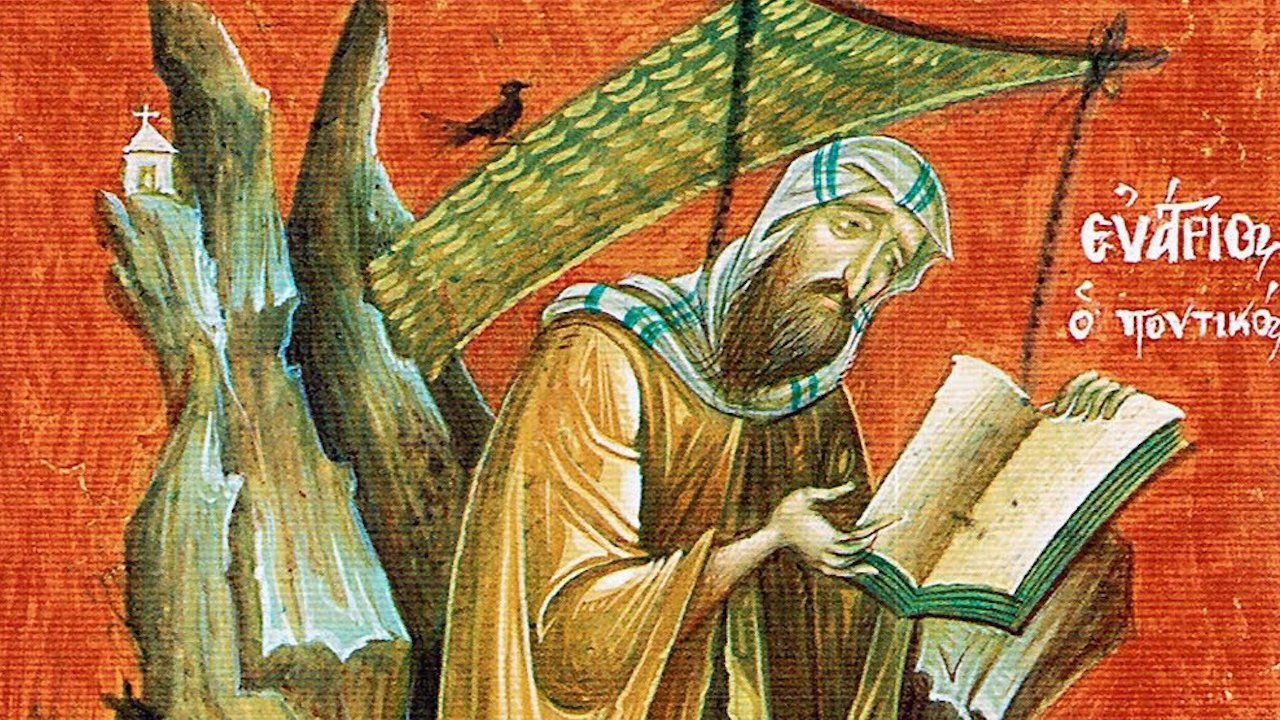I KNOW
factually that Santa Claus existed, in the past tense: St. Nicholas of Myra was born on the 15th of March, A.D. 270, and died on the 6th of December, A.D. 343. A Christian bishop in what is now Turkey, he attended the Council of Nicaea (A.D. 325) and, according to tradition, was so zealous for the orthodox belief in the Deity of Christ that he struck Arius in the face while he proclaimed his heresy. For this, St. Nicholas was imprisoned, but was freed when Christ and His Holy Mother appeared in a dream to the Council Fathers, the former telling them to let St. Nicholas go, since he was “concerned for [Christ’s] glory.”
Renowned for his generosity, St. Nicholas’s hagiography is filled with examples of his magnanimous heart for his flock and for the poor. When one of his sheep was too poor to pay for dowries for his three daughters, St. Nicholas stole by night to the man's house and threw bags of gold coins in his window so that he could marry off the daughters; on the third night of his doing this, the man chased St. Nicholas across the city of Myra to find out who had been giving him this gold. When caught, St. Nicholas begged the man not to tell anyone about what he had done. He is also remembered for his love for children: an especially famous miracle attributed to him involves the recomposition of three children who had been hideously butchered and cooked in a pot.
To modern eyes, tales of dream epiphanies of the exalted Christ and His Mother and the miraculous re-memberment of children are fanciful tales. To the eyes of faith, which are opened by the blinding light of Easter morn, and have as their first and ever-fixed sight the light of the empty tomb, such things are trifling for the power of Almighty God.
However, even such a recounting of the “real Santa Claus” has become somewhat old hat. Every year yields a flurry of new articles pointing out the historical reality behind the modern character, one of the most recent pieces being an attempt to digitally recreate St. Nicholas’s face from his extant remains in Bari, Italy.
But to emphasize the historical reality is often a pandering to the dismissal of the character as he has been received in Western culture. It amounts to a confession that “Santa Claus is quite silly, and, indeed, relatively unimportant; but here’s the kernel to the legend, that grounds it in some kind of fact.” The idolatry of the fact, apart from misunderstanding the character of facts, leads to this sort of interest: modernity is fascinated with the question of whether or not something can be empirically proven, and with making things “realistic.” Consider movies like the Dwayne Johnson Hercules
film, which purport to give us a more “historical” Hercules, without divine parentage (probably; the movie leaves this just unclear enough to avoid having to answer the question), or the DC Cinematic Universe. Neither work has done a particularly good job at making and being a movie which will age with their audiences. (By contrast, the success of the Marvel Cinematic Universe [MCU] depends in large part by its total lack of shame in its mythological, legendary content.)
How we have received a person, a story, or a thing is oftentimes just as important as the object itself, since the way we perceive and remember such things is how they are integrated into the furniture of our own souls. As I understand it, the historical character St. Nicholas of Myra—already historically transformed by the glory of God—has been received in three main modes in Western culture. The first and foremost is as St. Nicholas in the Eastern and Western Churches, no longer the mere mortal as in the days of his flesh, but the deathless holy one who beholds the glorious majesty of God. The second is in the character of Father Christmas, the jolly, giant, Ghost of Christmas Present, the afterlife of Odin and Dionysos in Christian service, bringing with him mirth and revelry. The third is our more familiar Santa Claus, whose legend includes the North Pole, the elves, the sleigh, the reindeer, and gifts for well-behaved children on Christmas Eve. By focusing on these two extensions of St. Nicholas, I do not mean to marginalize his many wonderful reiterations in the various cultures of the world, but only to refer to those traditions I know best.
The suggestion I want to make about these extensions of his character is the following: the reception of St. Nicholas in the guise in which we have him today, with the pagan accoutrements he has acquired in the interim, is as much a contemporary epiphany of the saint as is his traditional iconic image. Father Christmas and Santa Claus are as much manifestations of St. Nicholas, and, indeed, guises under which he may minister, as are Our Lady of Guadalupe and Lourdes for the Virgin Mary. Let me go even further: our belief in Santa Claus is directly related to our belief in the deification and power of the saints, so much so that a denial of one is a denial of the other.
There are several points in favor of this thesis. That a saint may take a different form than that of his or her historical visage—without, however, abandoning that visage—is rooted in the reality of the resurrected Christ who was able to appear in “another form” (Mark 16:12). The power to transform the resurrected body into whatever form one wishes was an expectation of some ancient Jews, and appears also in 2 Baruch 51:10. So the possibility that a saint may change form after glorification is as sure as is the hope of the resurrection: to reject the later personae of St. Nicholas on the grounds that they bear only thematic connection to the historical St. Nicholas is to fail to think with a resurrected imagination.
Furthermore, that St. Nicholas should assume the trappings of pagan gods like Odin and Holda, that he should acquire the shaggy reindeer of Yule (from which also we take our traditions of trees), that he should boast a beard like Thor’s and a great furry robe of green or red, and even a pointed cap, broadly conforms to another trend of the saints: they tend to assume the cults and loyalties of the pagan gods they replace. Christ Himself, and His Blessed Mother, are the chief examples of this: early Christians had no problem depicting Jesus in Dionysian iconographic styles, and the most iconic image of the Theotokos is borrowed from the common pagan image of the Mother Goddess sitting and holding her infant son. Such pagan influences in Christianity only bother someone who has no concept of divine providence, for, as C. S. Lewis and J. R. R. Tolkien recognized, pagan mythology is full of Christ enshrouded in the darkness of the unenlightened human mind. As Lewis puts it in “The Weight of Glory,” paganism is very much like a prophecy: the gods of the old myths are images of what human beings would become when Christ came and deified them. They are, of course, more than this as well, since Scripture recognizes that the beings which stand behind the myths and their distortions are demons, and so the acquisition of their tropes, their icons, their temples, and their wear is actually a sign of divine conquest. Christ conquered the pagan world: the worship of Zeus and Apollo, Odin and Thor, is all but gone. His saints now sit in what were once their palaces and feast upon their spoils.
And now to the obvious objection: all that I have described could be said to represent merely the development of a hagiography by human beings. The transformation of images of St. Nicholas is a merely cultural reality; the acquisition of pagan elements reflects the will of people, not of God, and not of any reality beyond the human imagination. The same, too, ought to be said of icons and epiphanies of Christ, Mary, and the other saints: they represent more the people who remember them than they do any reality that stands behind them. Is this not an essential element of the Protestant objection to icons—that they are too pagan, that they are assimilation rather than revelation?
This brings me back to my initial argument: that our belief in Santa Claus is directly indicative of our belief in the power of the saints. For it is only in a world where the saints are not truly alive to God and truly, therefore, alive to us that we can separate the development of a saint's cult from the influence of the saint himself. Certainly, no Christian with even a moderate belief in the resurrection and ascension of Christ could, in good conscience, hold that the development of the doctrine of Christ was at any point totally debased. (Protestant narratives of the apostasy of the Church enjoy a breach in logic: if Christ truly rules the world, and is truly present in the Church, how could a total abandonment of the truth which He is ever really occur?) How, then, can we deny that same agency to those glorified to share in His rule over the world, in and through whom He works to effect salvation for Israel, the Church, and the Nations?
You probably think me absurd, but truthfully, the two things cannot be simultaneously true. Either the saints are alive, and they participate in the salvific work of Christ in the Church so much so that they appear, as Christ does, to each people and person as he or she needs and is most receptive to without compromising their own essence, or, alternatively, they are dead as dirt and all of our legends about them are merely that. For St. Nicholas to be where the Church believes him to be—glorified in heaven, among innumerable angels, the patriarchs Adam, Seth, Enoch, Noah, Abraham, Isaac, and Jacob, the prophets Moses, Joshua, and Samuel and all their order, the kings David and Solomon, the mighty warriors Judah Maccabee and his brothers and the martyrs who died for the faith in the persecution of Antiochus Epiphanes, the righteous Zechariah, Elizabeth, Joachim, and Anna, the Most Holy Mother of our God, the apostles, the martyrs, the confessors, the witnesses, and every righteous spirit made perfect in faith around the throne of God and Christ—and doing what the Church believes him to be doing, sharing in the rule of Christ and interceding on behalf of our salvation, renders the thought that the development of his own legend (the very vehicle of his own conduction of Christ’s saving energies of grace to the living on earth!) should occur without his influence absurd. Conversely, if that legend is nothing more than the fantasy of a mind that cannot give up the wild North, and the grim-faced gods of Asgard, and the warm joy of Yule, or the fay folk, and elves, and the aesthetics of our modern holiday, then I submit that St. Nicholas is not alive, but dead.
This is not to say that we cannot misunderstand St. Nicholas, or that every development of a saint’s hagiography is necessarily inspired. Certainly Santa Claus is used for all sorts of unholy purposes, consumerism chief among them. The Church rejected many of the legends about Christ that circulated in antiquity. I do not here mean to say that we must include in the canon every face of St. Nicholas presented to us, but that every face which conforms to his pattern, to his image, is truly him. As surely as Christ is truly present wherever His name is invoked, so, too, is the name of St. Nicholas—the true name, the true essence of the man who is now truly the icon of God—the guarantor that it is truly him we encounter in his many legendary afterlives. The warmth, the generosity, the desire for right belief and living, and the joviality in Christ are what mark St. Nicholas, and in every icon of him which displays those features we may be sure that we find him, truly, continuing to minister with us.
This is the power of the saints: that even as Christ may change His form, so may they. We canonize images of them that will teach us their character, so that we may learn to recognize them in the myriad images they freely take in the world, for they appear to each according to their need. In reaction to this truth we are invited to have again the heart of children, who listen for jingling bells, and reindeer pitter-patter on the rooftop; we are invited to have again the childlike hearts of our pagan forebears, looking for the pointed cap of a great bearded wanderer in a hood, or perhaps our more recent Victorian fathers and mothers, peering around each corner of our homes and hoping to see there a cornucopia of homey delights.
A blessed feast of St. Nicholas to all!
David Armstrong
is an Orthodox Christian. He is blessed to be the husband of his wife Bethany. He has an MA in Religious Studies from Missouri State University and is a current MA student in Classics at Washington University in St. Louis, MO. He has an avid interest in far too many things, and would do well to specialize.
